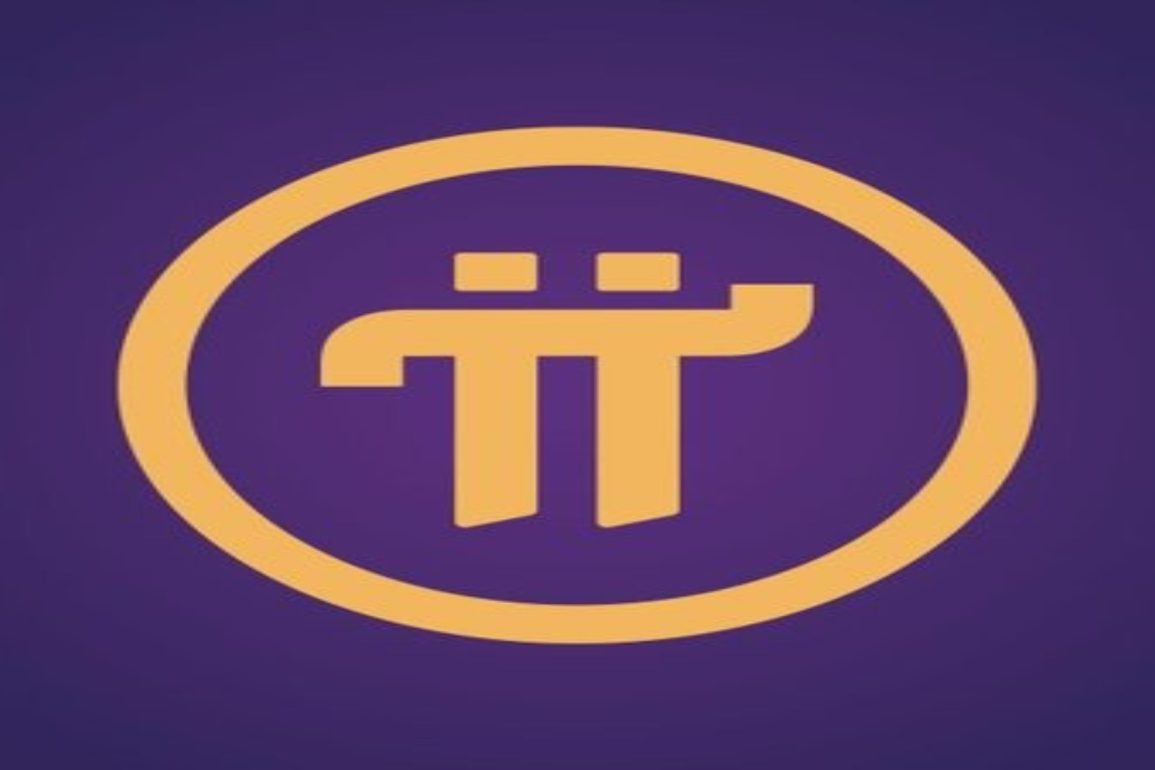Pi Coin, the crypto asset that has kept the market on the edge for the better part of the last year continues to attract interest as its much-awaited mainnet launch draws near. The coin has not been listed on any DEX or CEX, but is currently sold on peer-to-peer platforms. Nonetheless, this has not slowed down its attractiveness among investors. However, the downside to it is that there’s no foolproof way of tracking its “genuine/real” price.
Founded by Stanford University academics Nicolas Kokkalis and Chengdiao Fan, Pi Network has been the subject of controversy, speculation and even online scams, mostly because it has not gone mainstream. In late 2022 for example, Huobi announced that it had listed the coin on its exchange. However, Pi Network responded by stating that it had not authorized any listings on any exchanges.
One of the key attractions about the Pi Network is its approach to mining, whereby it allows users to mine Pi Coin using the Pi Network app installed on their smartphones. However, there are other ways to participate in the network and earn Pi. They can do it as Contributors, Node operators or Ambassadors.
The network’s approach ensures that the masses can actively participate in the economy-something that big mining companies have dominated for a long time. While the project has revealed that its mainnet launch will be in June, the exact date of the launch is still unknown.
User verification and key milestones
The Pi Network has made KYC verification an inherent part of its development. This is part of the reason why it has taken so long to launch the mainnet, but it will ensure that participants in its ecosystem are real human beings. As of this writing, more than 55 million users have joined the network, out of whom 10 million have undergone KYC checks. Users can buy Pi Coin using other cryptocurrencies like Bitcoin, BNB, USDT, ETH through its Pi Connect platform. Meanwhile, mining pi coin will continue until the network onboards 1 billion users.


